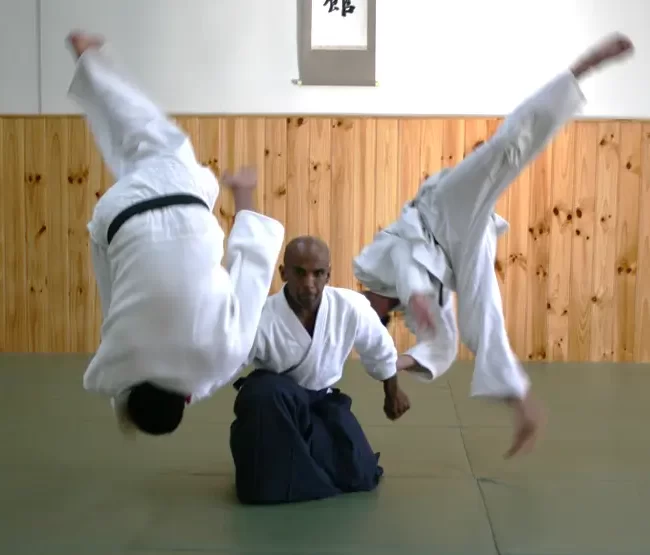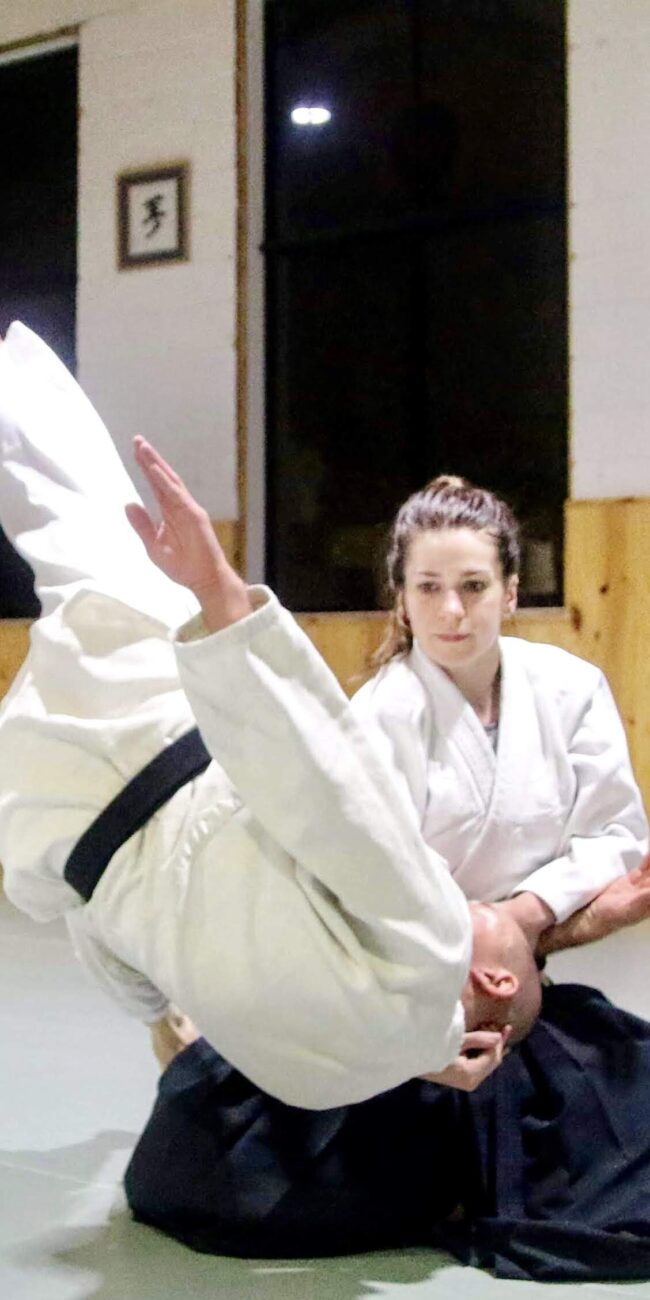
In a world where combat was both a sport and a deadly necessity, martial artists and warriors alike constantly sought the edge that could mean the difference between victory and defeat. BJJ practitioners, MMA fighters, and elite Special Forces soldiers all lived by the principle of survival, but the tools they used varied. What many of them eventually discovered, however, was that the ultimate basic defence came from an unexpected source… Aikido.
Aikido had always been a quiet art, one based on the principles of locks, throws, and redirection. Where other martial arts focused on overpowering opponents, Aikido centred on neutralising threats with minimal effort. Yet, this very softness hid a secret strength that made it invaluable to anyone facing danger in the ring, on the streets, or on the battlefield.
The Cage Fighter’s Revelation
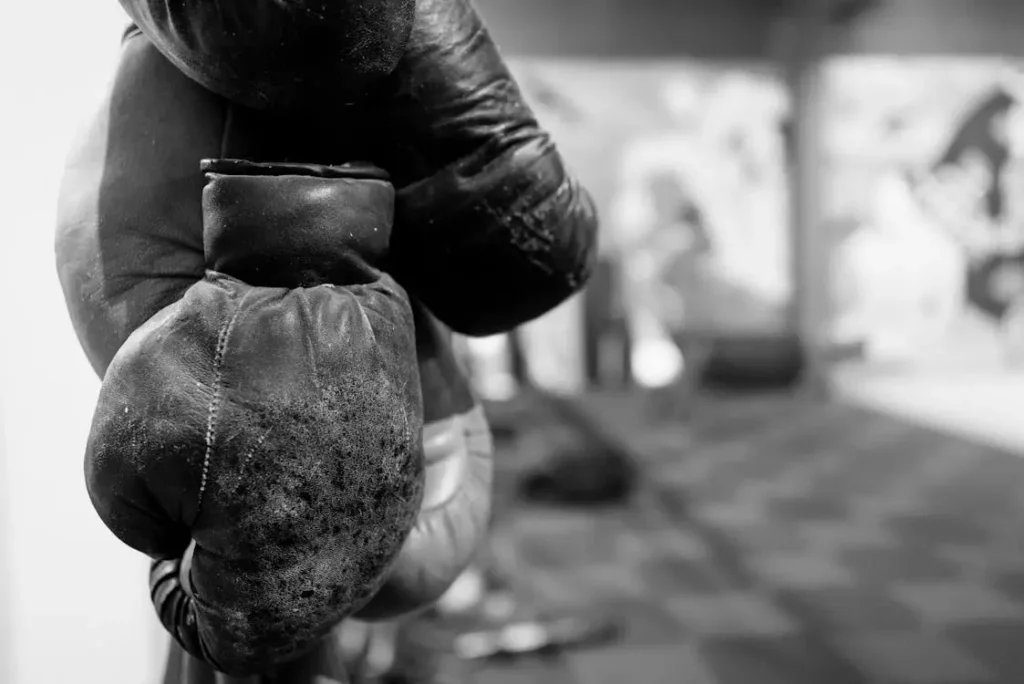
Kai, an MMA fighter known for his relentless striking and grappling, had become disillusioned after his last few fights. He had always relied on strength and speed to overpower opponents, but he found himself exhausted after every match, often injured despite his victories. He needed a way to conserve energy and reduce the risk of injury while still maintaining control.
One day, Kai met a master of Aikido 7th Dan, Sensei Cale, who trained Special Forces soldiers in addition to martial artists. Intrigued by the stories of Special Forces operators using Aikido techniques in the field, Kai sought him out. The idea that something as fluid and defensive as Aikido could be applied in both the cage and combat operations piqued his curiosity.
During their first session, Sensei Cale demonstrated the true power of Aikido’s locks and throws. He showed Kai how a wrist lock could completely immobilize an opponent without requiring the forceful grappling of BJJ or the bone-jarring strikes of Muay Thai. The key was in mastering balance and leverage, using an opponent’s energy to their detriment.
Kai realized quickly how these techniques could save him energy during a match. Instead of always seeking the knockout punch or the submission, he could control the fight by intercepting his opponent’s aggression, redirecting it into a throw or joint lock. In the cage, where unpredictability ruled, Aikido offered stability and control.
After integrating these principles into his training, Kai returned to the ring. His opponents were taken aback by his new style. Rather than exchanging blows or locking into exhausting grapples, Kai would sidestep attacks, apply a swift wrist lock, and guide his opponents into throws that left them disoriented. His victories became more decisive, and his body recovered faster, no longer battered by constant strain.
Aikido in the Field: The Australian Special Forces
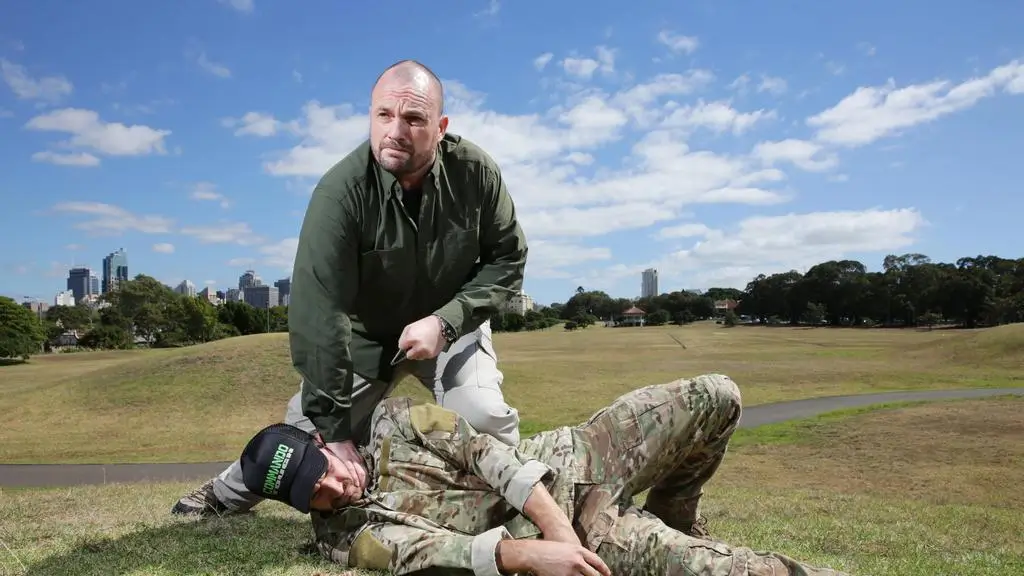
Former Special Forces soldier Paul Cale has been appointed by the Australian Army to train soldiers in close-quarter fighting.
While martial artists saw Aikido’s effectiveness in the ring, it was in the world of Special Forces that its true versatility was fully appreciated. The operators of these elite military units had one mission: complete their objectives while minimizing risk. In close-quarter combat situations, where firearms weren’t always practical and stealth was paramount, they relied on hand-to-hand combat skills to neutralize threats.
Special Forces soldiers had been trained in a variety of martial arts over the years, Krav Maga, BJJ, and Muay Thai among them. But when Sensei Joe was brought in to teach them Aikido, it had been like adding a new weapon to their arsenal. The quiet, almost spiritual art of Aikido provided them with a new way to approach close combat.
One particular Special Forces operator, Sargeant Paul Cale, had seen the value of Aikido firsthand during a high-risk mission in a hostile combat zone. His team was infiltrating a hostile building when they were ambushed. In the tight corridors, gunfire wasn’t an option, he was forced into hand-to-hand combat with an enemy sentry. Sargeant Cale, a skilled martial arts practitioner who was equipped with 8 black belts in various martial arts medium, would normally have gone for a takedown and submission, but the confined space made that difficult.
Instead, Sargeant Cale instinctively applied an Aikido wrist lock he had learned. With a quick twist and step, he redirected the enemy’s momentum, bringing him down without causing much noise. The sentry’s arm was now completely immobilized, the joint lock ensuring that any resistance would lead to excruciating pain. Cale’s team quietly advanced, and the mission continued successfully.
Aikido’s ability to control an opponent with minimal force proved invaluable in these situations. The locks and throws allowed Special Forces soldiers to subdue threats without engaging in drawn-out fights, preserving their energy for the mission while keeping the engagement quiet and efficient. In this way, Aikido became the ultimate defensive tool in their repertoire.
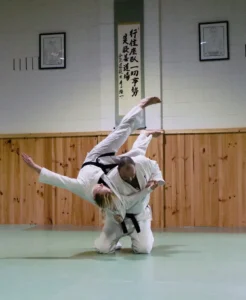
The Common Thread
As word spread of Aikido’s effectiveness in both sport and combat, other martial artists and military units began to integrate its techniques. BJJ practitioners, who were already masters of submissions on the ground, found Aikido’s standing locks and throws to be the perfect complement to their groundwork. In fact, by applying Aikido principles before being taken to the ground, they could better control transitions and even prevent certain takedowns.
In MMA, where fighters constantly sought to blend striking and grappling into a seamless whole, Aikido’s philosophy of redirection and energy flow allowed them to intercept their opponents’ movements more effectively. It became clear that Aikido wasn’t just a passive defence, it was a dynamic force that could be applied in offensive and defensive situations alike.
And for the Special Forces, Aikido became an essential part of close-quarter combat training. The ability to neutralize an opponent with minimal force meant the difference between life and death in many missions. The locks and throws, while subtle, had the power to turn the tide in the most dangerous situations.
The Ultimate Defence
In the end, Aikido emerged as the common thread connecting warriors of all kinds, fighters in the cage, martial artists on the mat, and soldiers in the field. Its principles of balance, redirection, and minimal effort allowed practitioners to not only survive but thrive in some of the most intense environments imaginable. Whether you were an MMA fighter looking for a more energy-efficient way to fight or a Special Forces operator needing to neutralize threats quietly and effectively, Aikido had something to offer.
In a world where combat evolved continuously, the quiet art of Aikido proved timeless. Its locks and throws, once thought too gentle for the harsh realities of battle, had become the ultimate basic defence, respected and used by the strongest warriors on earth.



